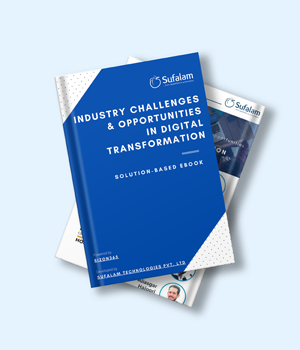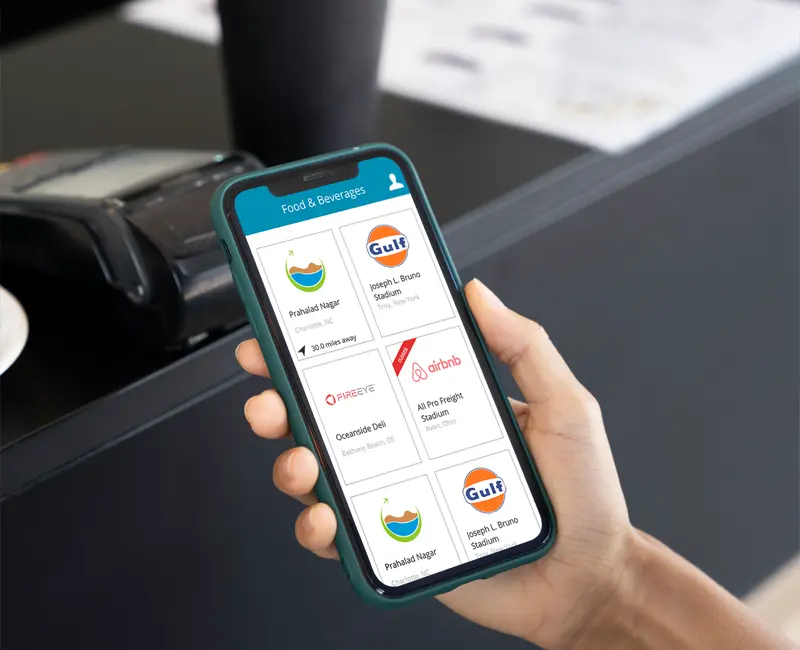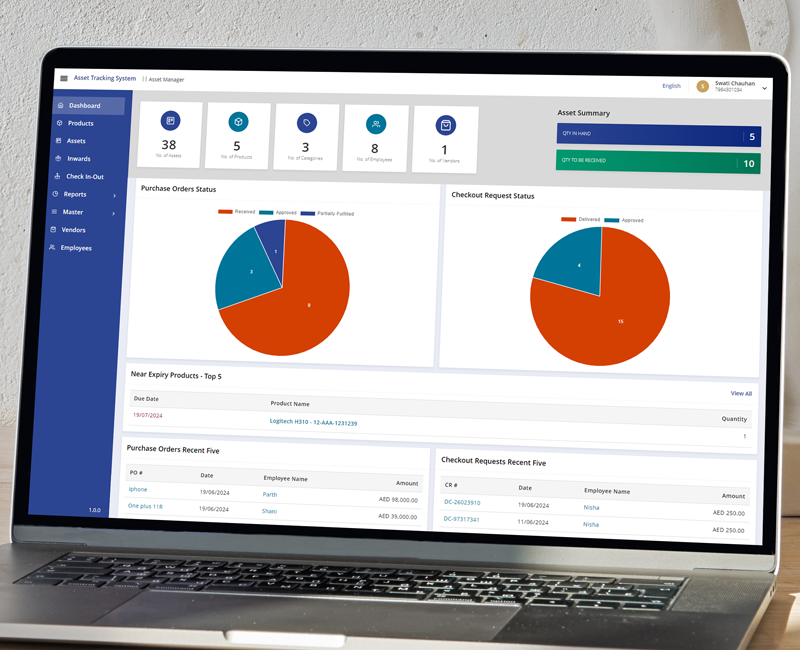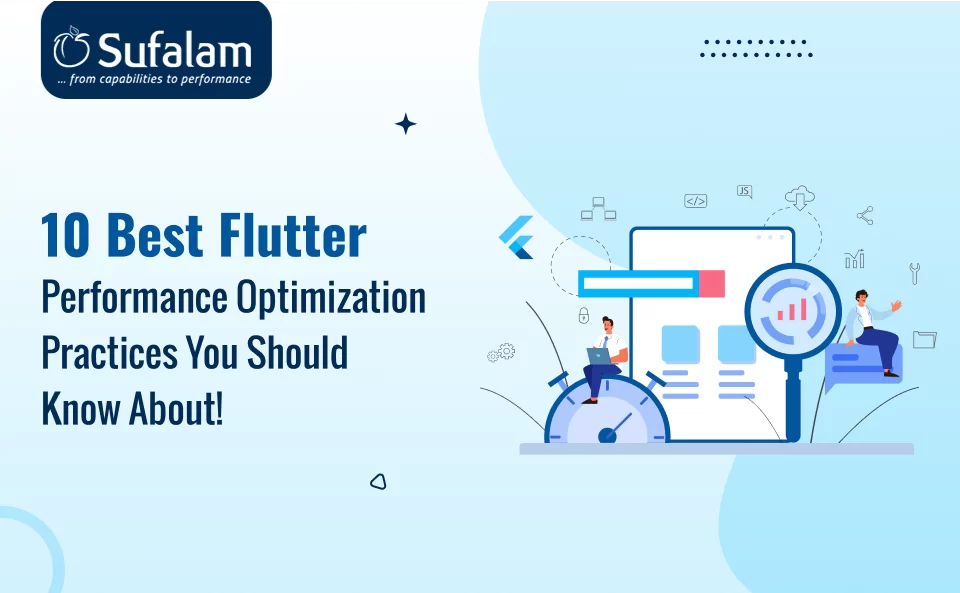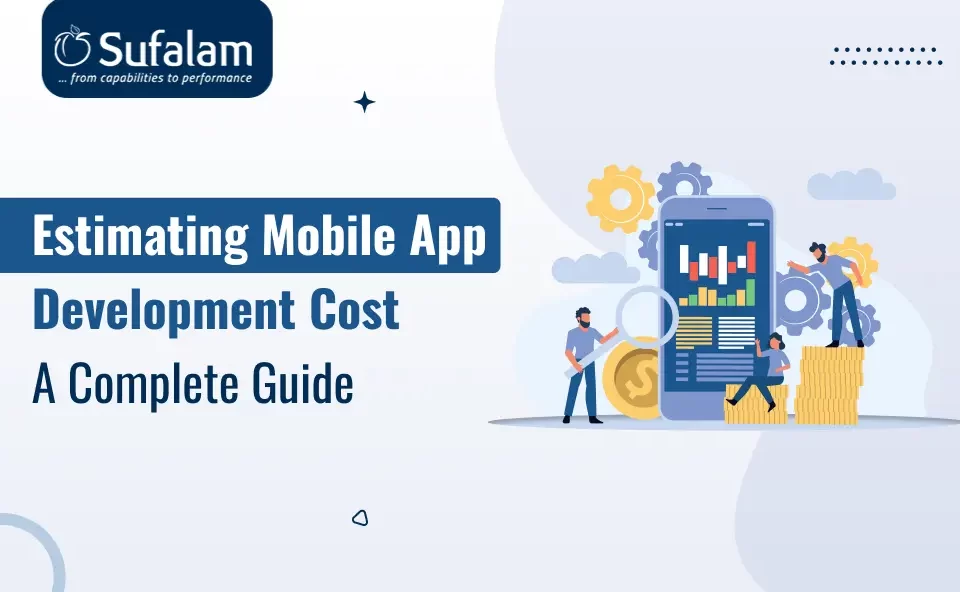What is E-Invoicing?
Electronic invoicing (e-Invoicing) is an invoice document exchange between the supplier and the buyer in an integrated electronic manner. It automates the process of invoice capture with the data being read and routed directly from the supplier to the buyer’s AP system. It is regardless of the invoice format. Both suppliers and buyers can manage to invoice the data on a common cloud-based platform.
Benefits of E-Invoicing for Business Growth
1. Reduce the Turnaround Time:
Because of e-Invoicing, organizations can get invoices in any format from several suppliers. It includes image-based invoices. Electronic invoicing offers a common platform to manage all accounts payable information. Businesses can easily sync, access, and aggregate the information amongst several systems and devices without any duplication of content.
E-invoicing is vital to assist organizations in streamlining their invoice processing cycles. Additionally, it even helps to reduce the man-hours needed for invoice approving, processing, tracking, and sorting invoices with human errors. An overall improvement in the efficiency level results in savings for the organization in terms of optimum use of resources and improved productivity.
2. Improved Visibility and Transparency:
E-invoicing offers visibility of invoices, purchase orders, supporting documentation, as well as contracts. In addition, it aids in keeping track of invoices along with detailed audit trails. All such functionalities are accessible through an end-to-end native mobile e-invoicing application.
3. Improved Accuracy:
Businesses can ensure accuracy owing to the improved visibility as well as end-to-end tracking. Managers can even track invoice approvals, product validation, and payment on a real-time basis. It drastically reduces the errors, ensuring no accuracy problems. This further aids in preventing overpayments or duplicate payments.
4. Higher Compliance:
An e-Invoicing system is not just a platform to fill digital invoices. E-Invoicing aids a higher level of compliance with much ease. It is useful, especially while handling regulatory compliance.
5. Improved Risk Management:
Greater visibility of the transactions means reduced risk of human error, invoice fraud, oversight, duplication, or other human error. Businesses can save several hours and resources for the time needed to cross-check errors by using an efficient e-invoicing system. An effective and efficient system ensures minimum scope for the risks to enter the processing cycle.
6. Keep Track of Expenses and Savings:
E-invoicing allows efficient tracking of every rupee spent and saved. It helps the leadership and procurement teams to track and collect strategic insights on the cost centers and identify opportunities to save more, such as early payment discounts. The data available on hand helps in better decision-making.
An e-Invoicing application combined with Digital Inventory Management System can help in creating secured and manageable business accounting.
7. Green Initiative:
By switching to e-Invoicing, businesses can eliminate the need for paper-based invoices. Thus, along with being energy-efficient, businesses can reduce the wastage of costs of paper-based processes.
An eco-friendly digital transformation a business must invest into.
In Conclusion
E-Invoicing has been one of the strategic steps which companies are taking towards digitization of the processing cycles. However, with several tax implications to abide by, it is the right time to invest in an e-Invoicing system and take the business to the level.
For E-Invoice software integration, Talk to us now.

